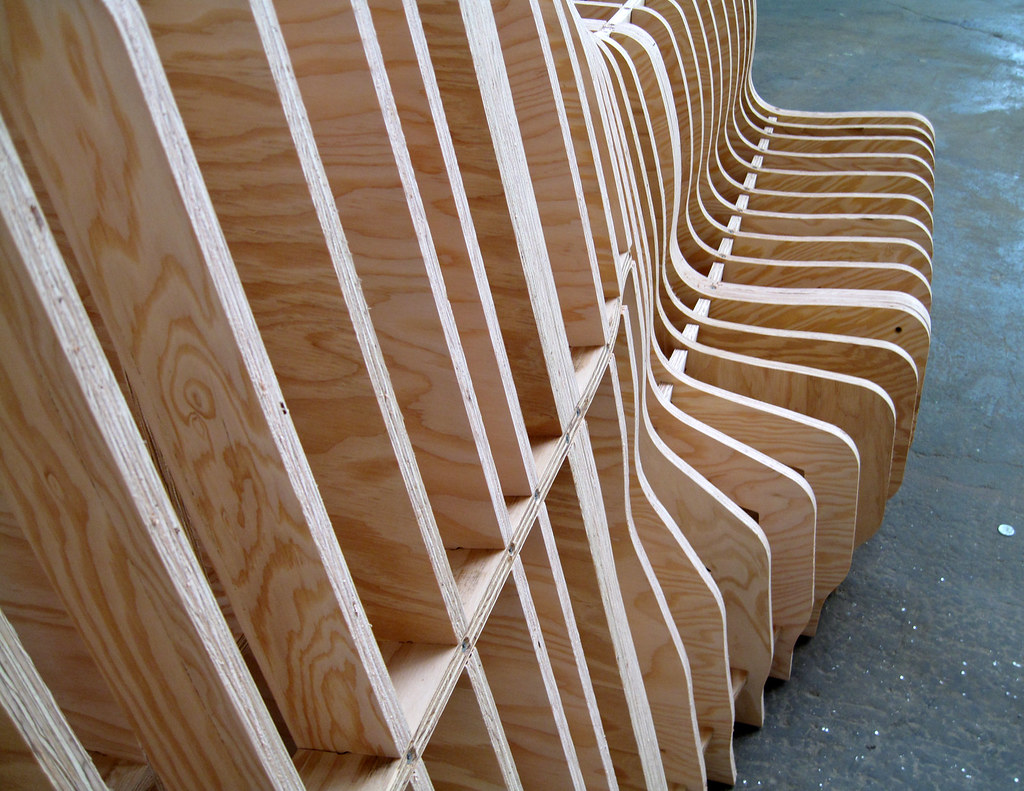Introduction
Felt paper is an essential part of any building. Many people do not know what felt paper roof is and what felt paper’s purpose is in different kinds of roofing systems. Felt paper roofing is explained in this article. So, without wasting further time, let’s start knowing more about felt paper for roofing.
Felt paper roofing
Felt paper used for roofing is a protective layer to protect your roof from moisture and save it from damage. The second purpose of using felt paper for roofing is that, along with water protection, it provides enough space for your roof to breathe easily. Because if your roof can’t breathe easily, then the moisture, humidity, and air can trap underneath the felt paper, damaging your roof.
Position of felt paper
Felt paper is installed as a secondary protective layer for your roof. The position of felt paper is right beneath your main roofing shingle and up on your roof deck. This is vital in any roof type because felt paper at the center acts as a seal that provides absolute water damage protection. So, felt paper is essential for the protection of roofing.
What type of materials are used in felt paper footing?
The materials used in the production of felt paper can be divided into two types. Following are the name of these two materials:
- Wood
- Fiberglass
Wood is a natural source used in making felt paper roofing; on the other hand, fiberglass is a synthetic material. The pros and cons of each type of material are different. One common thing in these materials is that they serve their role as protective layers very well.
Process of making felt paper
As mentioned earlier, wood and fiberglass are the primary ingredients for making felt paper. To make felt paper from primary materials, you must coat wood or fiberglass with the insulating coating material. Commonly wood or fiberglass are coated with “asphalt” to get perfect protection. The reason for preferring asphalt as a protective layer is that it is a good breathing and waterproof material. After coating the wood or fiberglass with asphalt, a “Felt paper roofing” is ready to install on any roof.
What are the different types of felt paper?
When felt paper for roofing was invented, the consumer had few options. But with time, felt paper evolve very well. Currently, there are multiple options available for consumers in felt paper roofing. Following is the detail of commonly used felt paper roofing:
- Felt paper made from non-Bitumen synthetics Non-Bitumen synthetics are the latest felt paper type, which many professionals prefer these days.
Ingredient
- Polyethylene
- Polypropylene
Above are the two basic materials that are used in the making of non-bitumen synthetic felt paper. Polyethylene and polypropylene are hard-wearing plastics that are very beneficial felt paper materials.
Pros
There are many pros present in using non-bitumen synthetics in the making of felt paper roofing which are mentioned below:
- Non-bitumen synthetics have extraordinary strength in them.
- The second benefit of using non-bitumen synthetics has excellent elasticity properties
- The waterproofing Capability of non-bitumen Synthetics is excellent.
- The most important protection you get from non-bitumen synthetic sis is that they provide reasonable protection against fungal growth.
Felt Paper made from asphalt coating
Felt paper made with asphalt coating is the older type of felt paper. Asphalt has many similarities with “Tar” in terms of waterproofing capabilities. Asphalt felt paper is the most preferred type among other types. But due to a shortage of asphalt materials, other type made their way to the felt paper market.
Pros
- Asphalt felt paper gives extra strength to the roof. The extra power allows the roof to bear the impact of large tree branches, hailstones, and airborne debris.
- Secondly, asphalt felt paper are good water resistance material, protecting the roof from water damage.
Rubberized asphalt felt paper
Rubberized asphalt felt paper is made with rubber material with a very thing coating of asphalt on it. Rubberized asphalt felt paper comes with built-in adhesive material. So, you do not need to pay extra money to install rubberized asphalt felt paper. Rubberized asphalt felt paper is very flexible and mostly preferred for flat roofs.
Pros
- Rubberized asphalt felt paper is good to use in extremely hot or cold locations.
- Rubberized asphalt provides good soundproofing for the building.
- It has exceptional waterproofing capabilities.
- Easy repair and maintenance.
- Low-cost felt paper.
Is felt paper known by another name?
Tar paper is the second name of felt paper roofing and has been used for centuries. Modern felt is made from recycled paper products, commonly cardboard and sawdust. Originally, felt was made from recycled rags.
How much does a roll of felt cost?
The area of one square foot is one hundred square feet. Felt coverings are available in square rolls for roofs. Approximately 100 square feet are covered by one roofing square. With the roofing calculator, you should always verify that you have sufficient felt to cover the entire roof area.
Summary
In order to understand the different types of felt paper roofing, here is some information you need to know. There are also briefly explained the pros of each type of felt paper roofing. Choose one from those felt papers to use for your roofs and protect your roof from different kinds of damage.

















